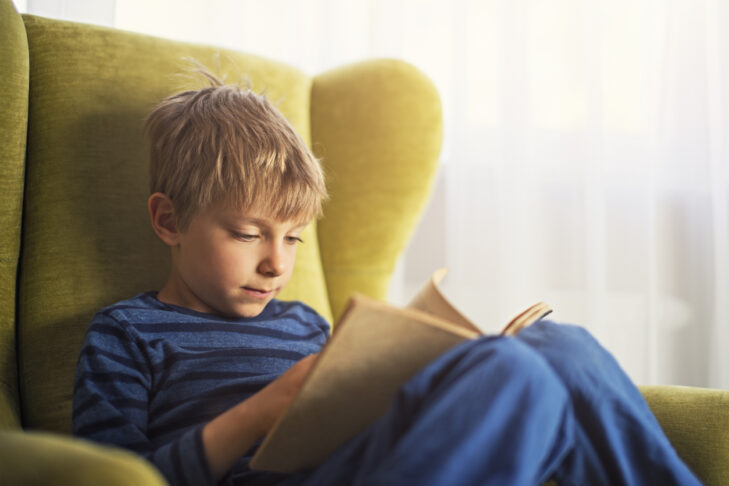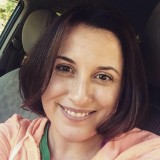As February draws to an end, I asked the experts at Gateways: Access to Jewish Education to recommend a few more excellent books on diversity and inclusion (see our earlier list here). Tali Cohen Carrus, director of Jewish education programs at Gateways, shared her favorites. Happy reading!
Early Childhood
“One of These Is Not Like the Others” by Barney Saltzberg
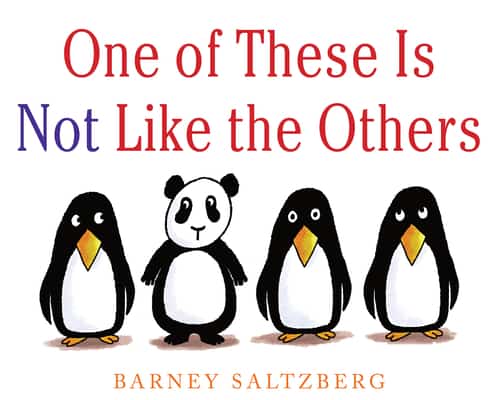
Grades K-2
“Aaron Slater, Illustrator” by Andrea Beaty
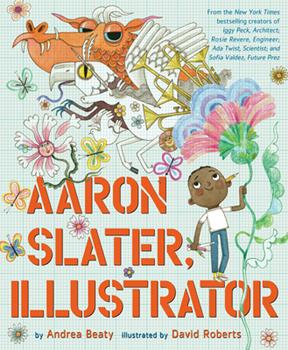
“In the newest book in Andrea Beaty’s ‘Questioneer’ series, Aaron is presented in an honest way, acknowledging his struggles with writing while simultaneously highlighting his creative strengths. This book gives elementary-aged students the opportunity to consider their own individual strengths as well as areas of challenge,” Carrus says.
Grades 3-5
“Fighting for Yes!: The Story of Disability Rights Activist Judith Heumann” by Maryann Cocca-Leffler

“This book is a wonderful resource for teachers looking to incorporate learning about the history of the disability rights movement into their upper elementary classrooms. For older students, we recommend the more advanced chapter book ‘Rolling Warrior’ by Judith Heumann,” Carrus says.
Middle School
“Get a Grip, Vivy Cohen!” by Sarah Kapit
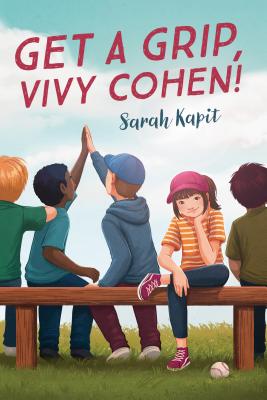
“In this novel, written by an author with autism herself, the reader gets an authentic representation of a young teen with autism who encounters many of the obstacles faced by young people with disabilities, including the limitations of the expectations of others and bullying from peers. As a bonus, the story includes discussion of Vivy preparing for her bat mitzvah,” Carrus says.
High School
“The Words We Keep” by Erin Stewart

“As the incidences of mental health conditions rise, teens need access to literature through which to explore the issues they and their peers are facing. This book honestly addresses important issues, such as the impact stigma has on preventing young people from asking for help. At times hard to read, this novel provides a realistic and raw representation of mental health conditions as experienced by teenagers,” Carrus says.


